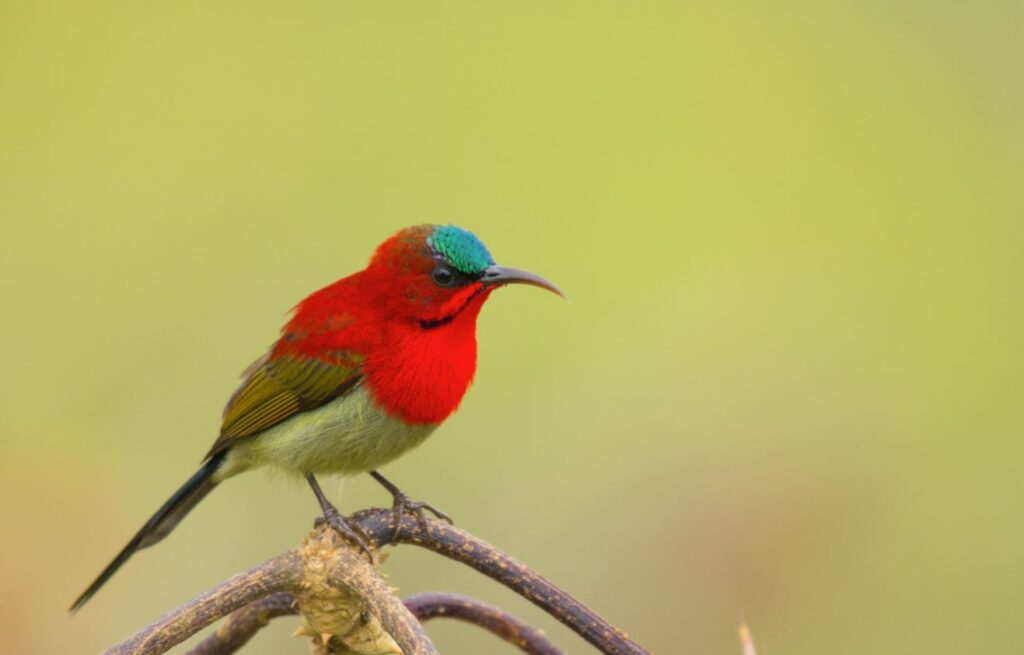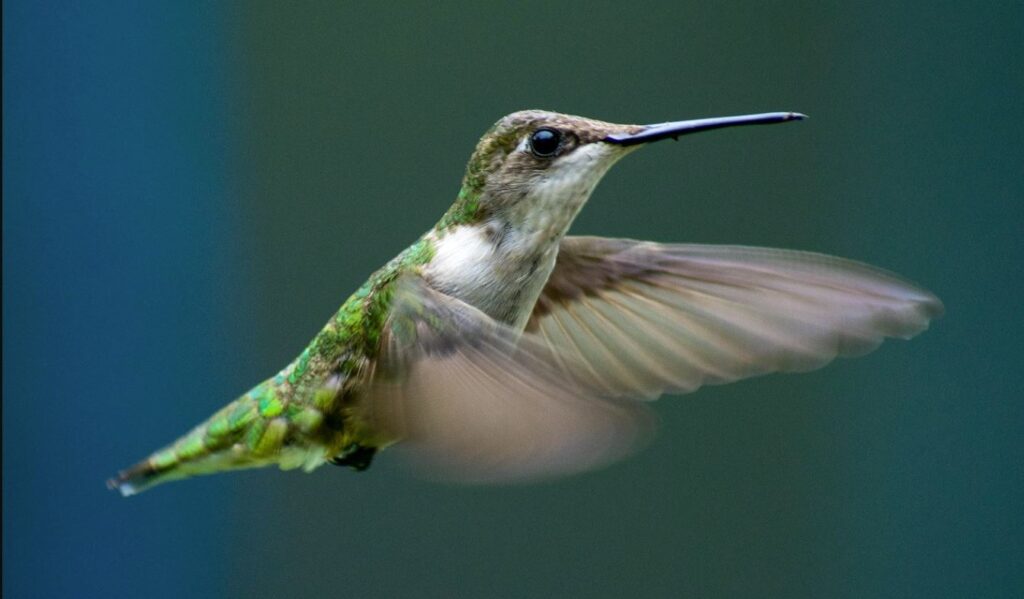UNDERSTANDING THE DIFFERENCES BETWEEN HUMMINGBIRD AND A SUNBIRD
Sunbirds and hummingbirds appear to be remarkably similar in appearance. They tend to have the same size. Both are smaller than a soda can. Both have the ability to hover. They both subsist primarily on nectar and on small insects
But the sunbird and the hummingbird are two distinct animals belonging to different families. The striking physical and behavioral similarities between the two is a good example of a phenomenon referred to as “convergent evolution.” Convergent evolution is described as the case of two or more totally unrelated species that independently evolve similar physiologies and features due to the similarities in their respective natural habitats.
So, what are the differences between sunbirds and hummingbirds?
1. SIZE
Both sunbirds and hummingbirds are very small animals. A mature sunbird is approximately 9 to 15 inches in length and weighs somewhere about 9 grams. There is some sexual dimorphism among sunbirds in that the males are often larger than females.
A mature hummingbird, on the other hand, is about 8 to 13 cm in length and weighs around 4 grams. Unlike sunbirds, female hummingbirds tend to be larger than the males.
2. APPEARANCE
Male sunbirds are easily identified by their bright feathers which appear iridescent in sunlight. Males also have longer tails. Because they feed on nectars, their bills are long, narrow, and curved downwards. Inside their bills are tube-like tongues. Sunbirds are passerine, which means that they have three toes facing forward, and one backward.

Among hummingbirds, it is common for females to be larger than males. Males require smaller bodies for less energy energy requirements. This is because males must actively engage in energetic courtship rituals and compete with other males for favorable foraging grounds, And because females are larger, they have longer beaks so that they could gain access to nectar better in order to support their higher energy requirements. Hummingbirds are non-passerine.

3. HABITAT
Sunbirds are widely distributed in the primary rainforests of Asia, Africa, and Australasia. They can also be found in open woodlands and in alpine forests.
Hummingbirds are restricted to North and South America, from Alaska to Tierra del Fuego. They can also be found in the Caribbean. They are found in greater numbers in tropical and subtropical forests.
4. DIET
Hummingbirds rely on a steady supply of flower nectars. They need the sugar from nectars to fill their high energy demands and their brisk metabolism. Because of this, they have become highly sensitive to picking flowers where the nectars have a higher sugar content. They have to be selective because they need to conserve their energy spent in foraging. Since sugar alone is not enough to address their other nutritional needs, they also feed on spiders, flies, mosquitoes, and other insects.
Sunbirds also primarily feed on nectars. Because they have shorter beaks, they will also feed on fruits when flowers are inaccessible. They also hunt insects and spiders, primarily to feed their chicks.
5. BEHAVIOR
Sunbirds are active only during daytime. They live and move as pairs. In situations where there is the presence of potential predators, sunbirds may gather in large mobs. Sunbirds can be very territorial and will mob invasive species, even if they are not predators.
Sunbirds that live in tropical regions mate and breed throughout the year. But in the case of sunbirds that live outside of the tropical regions, mating and breeding is seasonal. Sunbirds are monogamous. The nests they build resemble hanging pouches made with copious amounts of spider web silk.
Sunbirds are sedentary. They generally stay in one area from birth to death.
One of the unique behaviors of hummingbirds is their courtship rituals. These courtship rituals are complex and are characterized by extreme aerial acrobatics. These courtship rituals are physically intense, requiring hummingbirds to constantly consume sugar. In the case of the Anna hummingbird, males begin their dance by flying to a height of about 35 meters above the female. It then nosedives at speeds of about 27 meters per second. Towards the bottom of the dive, it lets out a high-pitched sound. This speed is recorded to be the fastest among birds, in proportion to body weight. The diving sound is not a vocalization, It is produced by the wind passing through the male’s outer tail feathers.
The nest of the hummingbird is shaped like a cup or a bowl. Unlike sunbirds, hummingbirds are migratory.
6. EVOLUTION
Hummingbirds belong to the family Trochilidae. Modern hummingbirds evolved some 42 million years ago, diverging from swifts. Fossil records dated to around 30 million years ago indicate that the earliest hummingbirds may have come from Asia and Europe. Hummingbirds may have migrated to the American continents via gap between Siberia and Alaska. They thrived in the new continent, particularly in South America some 22 million years ago. At this juncture, new species began to evolve from the original hummingbirds. They were able to reach the Caribbean some 5 million years ago.
Songbirds are from the family Nectariniidae. They are Old World birds, native to Asia, Africa, and Australasia. There are theories that hummingbirds and sunbirds once occupied the same regions. But hummingbirds were outcompeted and displaced by the sunbirds. The ancestors of the hummingbirds migrated to the New World, allowing sunbirds to become the dominant species.
Questions and Answers
DO SUNBIRDS AND HUMMINGBIRDS MAKE GOOD PETS?
No. These birds have such high energy requirements and very specific diets that are impossible to reproduce in a more domesticated setting. Both hummingbirds and sunbirds also do not adapt well to enclosed spaces like cages and aviaries.
CAN HUMMINGBIRDS AND SUNBIRDS INTERBREED?
No. As much as they possess similar physical characteristics, they are genetically distant. They belong to different families of birds. Each species is also highly territorial. Assuming that they live in the same regions, they will directly compete with each other.
CAN SUNBIRDS HOVER THE SAME WAY A HUMMINGBIRD DOES?
Yes. A sunbird can hover just like a hummingbird. But unlike a hummingbird which can hover and feed directly from a flower, sunbirds must perch before they can feed.
